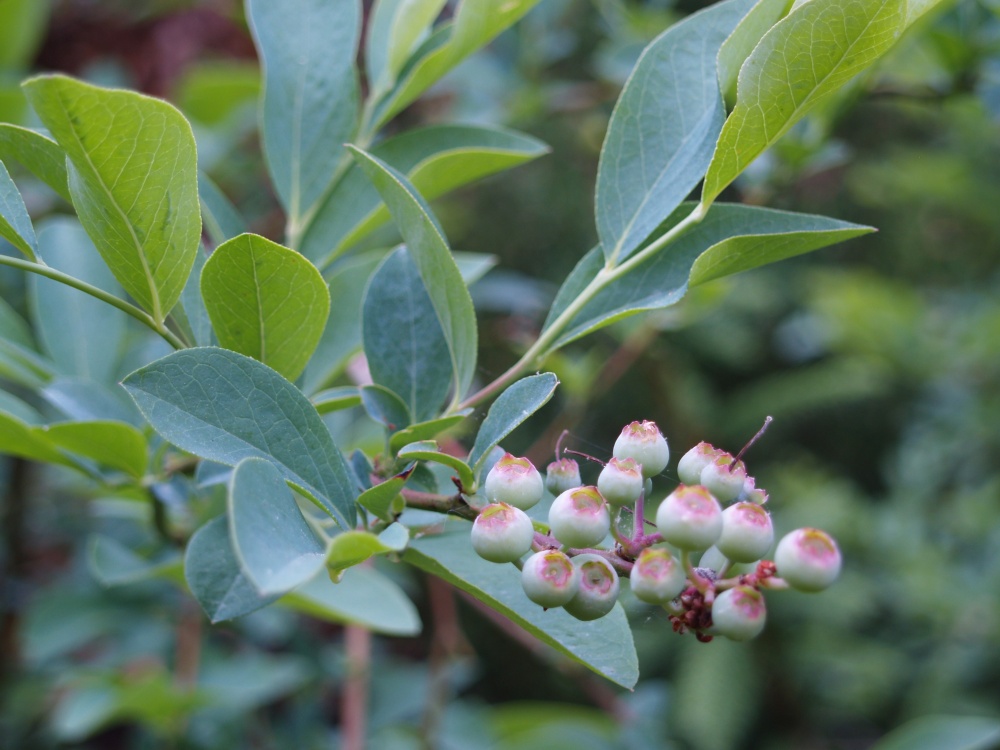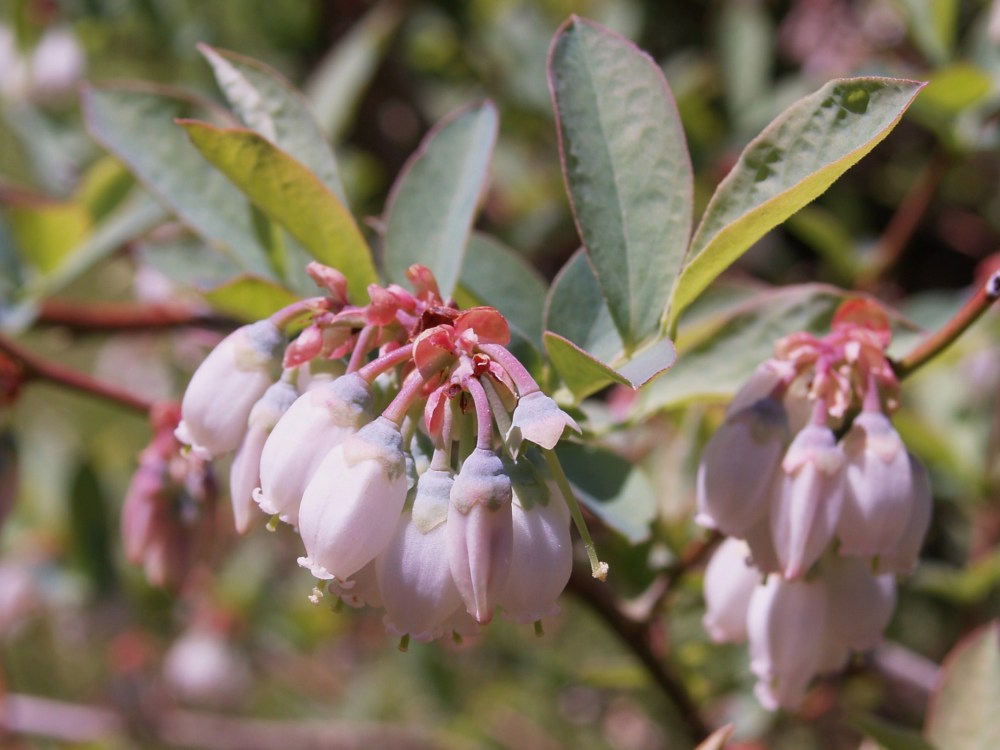Numerous plants that are included on lists of edibles seem hardly worth the effort. Sure, I enjoy peaches and apples, but is it reasonable to put forth the considerable effort to attempt to grow my own? In fact, I have grown a dwarf peach (below) for two decades with marvelous pink blooms and attractive foliage. Until it became too shade by taller neighbors it fruited abundantly, but not once have I been tempted to sample what I figure must be worm riddled fruits.

More than once I’ve seen daylilies listed as an edible, and of course this is correct that the flowers of daylilies can be eaten. In fact, the petals are textured somewhat like lettuce, with a taste that is slightly, but pleasantly sweet. For the shock of it I’m fond of plucking a flower or two to chew on while strolling through the garden with unknowing visitors, but the effort to collect sufficient flowers to prepare even a small salad seems preposterous. Unquestionably, daylilies are worthwhile additions to the garden, but as an edible, I think not.

The serviceberry (Amelanchier canadensis, below) is a marvelous edge of the woodland tree, and also it is frequently featured as a native edible. Though too many gardeners are unprepared for its entirely informal habit for it to be as highly recommended for ornamental or edible purposes, I have no doubt that its fruits must be delicious. Except that my tree of two decades has never borne a single fruit, at least not one that I’ve seen. There seems no reason for this, at least not one that I can figure.

There are no native serviceberries in very close proximity, but wait until early spring and you will notice abundant trees peeking out from the forests along every highway in Virginia. This garden is not far enough away from the closest highway to justify how a bee or two might not wander from one of those to my serviceberry for pollination. But, no fruits, and I will testify on a stack of Henry Mitchell’s books that I have watched carefully just in the case that birds might be scavenging them before I get a chance to see them. While a fine flowering tree planted at the wood’s edge as I have, serviceberry could hardly be considered an edible, to my thinking.
I have grown blueberries for years, and occasionally I have even eaten the fruits from these shrubs. Once, I grew several varieties from large bushes that were rescued from a berry farm that was developed into something else. While strolling through the garden in late June I often feasted on a handful of ripe berries, and when I finished plucking a few weeds and admiring the irises I would make another round past the blueberries for another handful or two. Few berries ever made it back to the house, and if the wife wanted any she was welcome to walk back through the garden to get them for herself.

In any case, over a period of years the blueberries slowly declined from snow and ice damage, and from the many routine things that make favored plants eventually go away. Finally, they were cut out to make space for the large koi pond that has become the treasured spot of this garden, and between their poor health and enthusiasm for the new pond the blueberries were chopped out without much regret.
After a delay of several years when there were no blueberries, several were planted a few years ago. Admittedly, the spots where they were planted are not ideal. There is a bit too little sunlight, and one shrub has been completely overwhelmed by a vigorous blackgum. This shrub bears fruit at all, but the others offer modest amounts early in July.

But, I rarely eat a single berry. Yes, blueberries are edible, but in this garden, only by birds. Perhaps one day the shrubs will be large enough to the feed the birds, with a few for me, but for now there are not enough to go around. Fortunately, I can hop into the car for a short trip to the local grocer to purchase my fill of berries. Which I do with frequency.
Any person, gardener or not, can grow tomatoes, I think, and this seems as simple an entry into the grow your own movement as is possible. Once, maybe for a few years I grew some, but not in years since the garden has become more shaded. In one spot in the garden there is still adequate sun, but this is one of the few areas of lawn that my wife has forbidden me to encroach further into.
Undoubtedly, I could figure some way to grow a few in containers on one of the patios or deck, but this would involve some care in watering that I’m not prepared for. So, at this point in the garden’s life I’ll grow enough flowers and foliage to keep myself entertained, and I’ll provide enough berries and fruits for the birds, but I’ll pick my blueberries from the local grocer.
Hello Dave I’ve written to you several times about your photo of Salix caprea ‘Variegata’ that you bought from the “old” Heronswood. Dan Hinckley said they no longer have that plant and doesn’t know where to get it. Do you still own this plant? I have been unable to locate it anywhere and would really like to add it to my collection of ~250 Salix. I would trade any cuttings from my collection for hardwood cuttings of it. regards Michael
Sonia and Michael Dodge Vermont Willow Nursery 1943 Ridge Road N Fairfield VT 05455 [email protected] willowsvermont.com
1254 Avenida Morelia #101 Santa Fe NM 87506 (Nov>Mar)
>